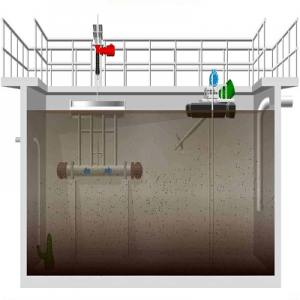
Agriculture
January 11, 2024
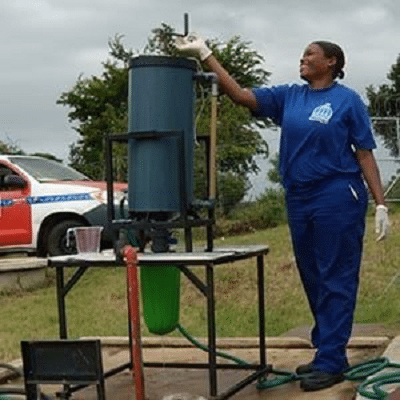
Updated on August 15, 2024
·Created on June 21, 2017
The Struvite Reactor Tank converts urine into fertilizer.
The Eawag low-cost struvite reactor tank is a tool to produce struvite powder from urine. Struvite contains nutrients such as phosphorus necessary for plant growth. The product aims to improve crop production in low-income communities and improve resource reuse. Phosphorus is becoming scarce and as a result, it is becoming increasingly important to find new phosphorus sources. Urine is available wherever there are humans and by constructing a struvite reactor tank and selling/using struvite on farmland, individuals can improve their economic situation while also simplifying waste management since it is easier to handle and make use of urine and faeces separately than when mixed.
Tanks to produce struvite from urine can be advanced. The pictured low-cost versions are targeted towards the global south with implementation so far in Nepal and South Africa.
This is an open-source technology, and both the Construction Manual and device schematics, which illustrate the basic steps of struvite production in the precipitation reactor, are publicly available. The manual can be found here, and the schematics are available here.
Direct and indirect competitors include fertilizers sold in stores, or applying urine directly or after mixing with water.
Target SDGs
SDG 6: Clean Water and Sanitation
Market Suggested Retail Price
$367.00
Target Users (Target Impact Group)
Household, Community
Distributors / Implementing Organizations
Eawag has implemented various projects in both Nepal (STUN) and South Africa (VUNA).
Countries
Nepal, South Africa
Manufacturing/Building Method
The Construction Manual provides guidance to interested individuals and households to build a tank using plastic containers or galvanized steel sheets.
The Operation Manual for a larger system includes further instructions for operation and maintenance based on experiences from earlier implementations.
Intellectural Property Type
Open-source
User Provision Model
This product is not for sale. Open source information packs available online (e.g. Construction Manual and Operation Manual).
Distributions to Date Status
Unknown
Flow rate (L/min)
Unknown
Power Supply Type
No power required
Technology type
Magnesium treatment
BOD Removal Efficiency
Unknown
COD removal efficiency
Unknown
NH4-N Removal Efficiency
30-60%
TSS removal efficiency
Unknown
Total Phosphorus Removal Efficiency
90%
Fecal Coliform Removal Efficiency
Unknown
Design Specifications
The tank is made of metal such as galvanized sheet metal or stainless steel. The stirring mechanism is also made of metal. The nylon filter bag allows liquid to pass through but keeps the struvite inside the bag. There is also a plastic switch between the tank and bag so that flow can be regulated. The dimensions of the tank can be adjusted according to the users' preferences.
Source-separated urine and magnesium is added to the tank and mixed manually for 10 min with a crank connected to stirring blades in the tank. A valve connecting the tank to a nylon filtering bag is then opened. The mixture enters the filtering bag so that struvite stays in the bag while liquid runs through. The bag is then removed from the tank and dried for 1-2 days. The struvite in the bag can then be applied as fertilizer.
Technical Support
As an open-source technology, users can refer to online manuals to carry out maintenance works.
Replacement Components
The product is generally repairable using available materials. The components and exact materials of the product can vary while still maintaining the same function. Online manuals are available for reference.
Lifecycle
The lifecycle of the tank is long but some components may need to be replaced continuously such as the nylon bag. The product is mainly constructed by recyclable materials such as metal and plastic. The nylon bag is the most challenging to recycle correctly, especially in the global south.
Manufacturer Specified Performance Parameters
The amount of struvite depends on the size of the tank and the efficiency of the process. When filled and mixed with added magnesium, results should be achieved after 10 min of stirring following by air drying for 1-2 days.
The goal of the product is to increase crop production sustainably and while potentially creating another source of income for people selling the struvite. The tank is stated by Eawag as low-cost and easy-to-use. Furthemore, the ease of transportability of struvite and application of struvite powder than urine directly, are also desireable characteristics.
Vetted Performance Status
Field experiments have shown that the reactor can recover over 90% of the phosphorus in the urine.
Safety
The tank is driven manually, so there are no hazards regarding electricity. However, there are potential health risks regarding unsafe contact with the urine when filling the tank.
Complementary Technical Systems
Users and organisations can automate stirring and add a rotating biological contractor (RBC) to reduce nitrogen content in the effluent. Schematics to inform this option is found in the Operation Manual.
Academic Research and References
Etter, B., Tilley, E., Khadaka, R., Udert, K., 2011, Low-cost struvite production using source-separated urine in Nepal, Water Research, 45: 852-862
Tilley, E., Gantenbein, B., Khadka, R., Zurbrügg, C., Udert, K., 2009, Social and economic feasibility of struvite recovery from urine at the community level in Nepal, Presented at the International Conference on Nutrient Recovery from Wastewater Streams, Vancouver, Canada, 10-13
Compliance with regulations
Application of urine as fertilizer is legal but if the struvite product is going to be patented and sold on the market as fertilizer, permission may be required. An example of this is Aurin fertilisers.
Evaluation methods
The reactor has been developed and tested in regards to percentage of nutrient recovery, production cost and demands of operation. There is also an academic article written about the social and economical feasibility using the product in communities in Nepal.
Other Information

Agriculture
January 11, 2024
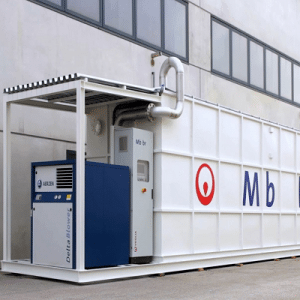
Agriculture
August 15, 2024
Implemented by
AnoxKaldnes
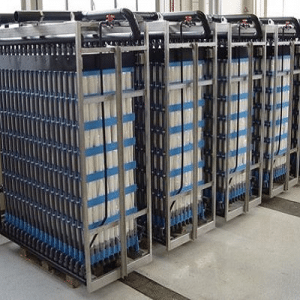
Agriculture
January 12, 2024
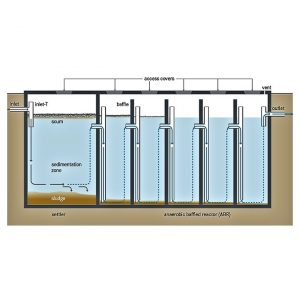
Agriculture
August 16, 2024
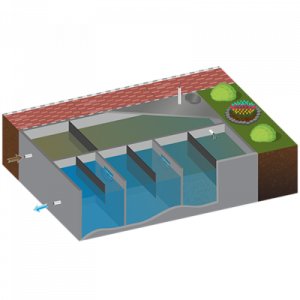
Agriculture
January 12, 2024
Implemented by
Emergy Enviro Pvt. Ltd
Agriculture
February 4, 2024
Implemented by
Tank Connection
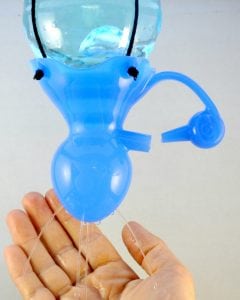
Agriculture
August 14, 2024
Implemented by
Spatap
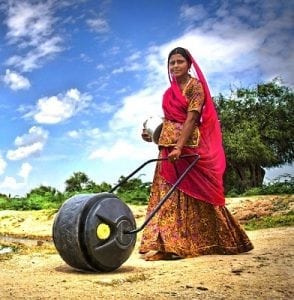
Agriculture
June 22, 2024
Implemented by
Wello
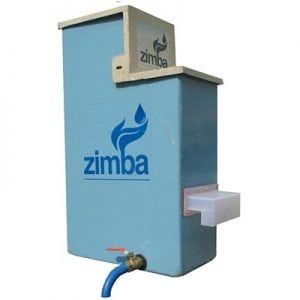
Agriculture
January 3, 2024
Implemented by
Suprio Das
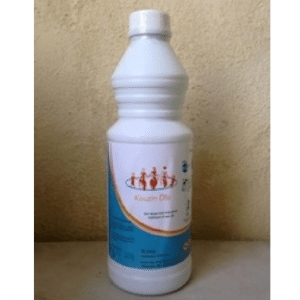
Agriculture
January 2, 2024
Implemented by
Archimedes Project
Have thoughts on how we can improve?
Give Us Feedback